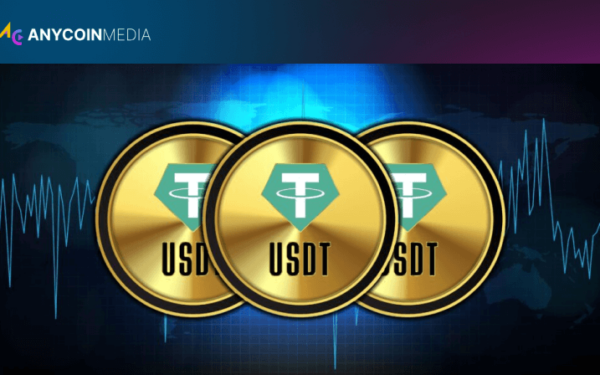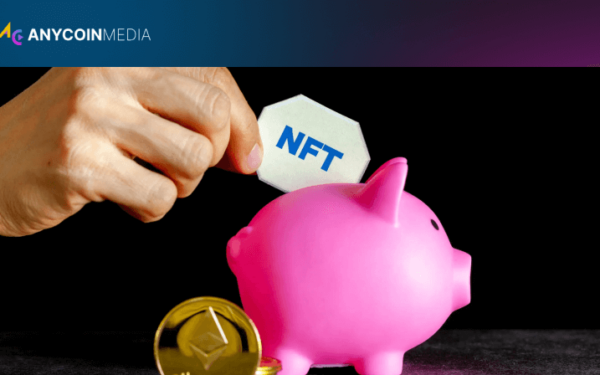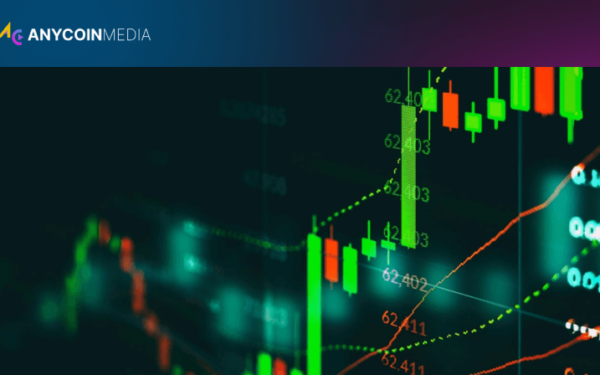Candlestick charts, originating from 18th century Japanese rice traders, have become an indispensable tool for analyzing cryptocurrency market movements. These visual representations of price action offer traders and investors a wealth of information at a glance, condensing opening, closing, high, and low prices into a single, easy-to-interpret graphical element. In the volatile and fast-paced world of cryptocurrency trading, the ability to quickly assess market sentiment and potential trend reversals through candlestick patterns can provide a significant edge.
A single candlestick consists of several key components:
Understanding these components is crucial for interpreting the story each candlestick tells about market behavior during a specific time period.
Candlestick charts can represent various time frames, each offering different insights:
The choice of time frame depends on the trader’s strategy and the specific cryptocurrency’s volatility. Shorter time frames provide more detail but can also introduce more noise, while longer time frames offer a broader market perspective.
Several fundamental candlestick patterns are essential for any trader to recognize:
These patterns, when identified correctly, can provide valuable insights into potential market direction changes. However, they should not be used in isolation but rather in conjunction with other technical analysis tools and market context.
Beyond the basics, more complex patterns offer nuanced insights:
These advanced patterns require more experience to identify accurately but can provide stronger signals when correctly interpreted. Traders often use them in combination with basic patterns and other technical indicators for confirmation.
Cryptocurrency markets present unique challenges when interpreting candlestick patterns:
Given these factors, it’s crucial to consider the broader market context and use multiple time frames when analyzing candlestick patterns in cryptocurrency trading.
To enhance the reliability of candlestick analysis, traders often use them in conjunction with other technical indicators:
This multi-faceted approach helps mitigate the risk of false signals and provides a more comprehensive view of market conditions.
Candlestick patterns reflect the psychological state of market participants:
Understanding the psychology behind these patterns can provide deeper insights into market sentiment and potential future movements.
Novice traders often fall into several traps when interpreting candlestick charts:
Avoiding these pitfalls requires practice, patience, and a commitment to continuous learning and improvement in chart reading skills.
Some candlestick patterns have taken on new significance in the cryptocurrency markets:
These patterns, while not exclusive to crypto, are particularly prominent in digital asset markets due to their unique characteristics and trading dynamics.
Candlestick patterns play a crucial role in determining optimal entry and exit points:
Developing a systematic approach to using candlestick signals for entries and exits can significantly enhance trading performance and risk management.
Different cryptocurrencies may exhibit varying behaviors in their candlestick formations:
Recognizing these differences is crucial for applying candlestick analysis effectively across various digital assets.
As cryptocurrency markets evolve, so too does the application of candlestick analysis:
These advancements promise to make candlestick analysis even more powerful and accessible to traders of all experience levels.
In conclusion, reading candlesticks remains a fundamental skill for anyone seeking to understand and navigate the complex world of cryptocurrency trading. The visual nature of candlestick charts provides an intuitive way to quickly assess market sentiment, trend strength, and potential reversal points.
However, the true power of candlestick analysis lies in its integration with other technical and fundamental analysis tools, as well as a deep understanding of the unique characteristics of cryptocurrency markets. As the crypto ecosystem continues to mature, the ability to accurately interpret candlestick patterns will likely become even more valuable, offering traders and investors a critical edge in their decision-making processes.
While candlestick analysis is not infallible and should never be used in isolation, its enduring relevance in the fast-paced world of digital assets underscores its importance as a key component of any comprehensive trading strategy. By mastering the art of reading candlesticks, market participants can enhance their ability to navigate the volatile waters of cryptocurrency trading, potentially improving their chances of success in this exciting and dynamic market.





